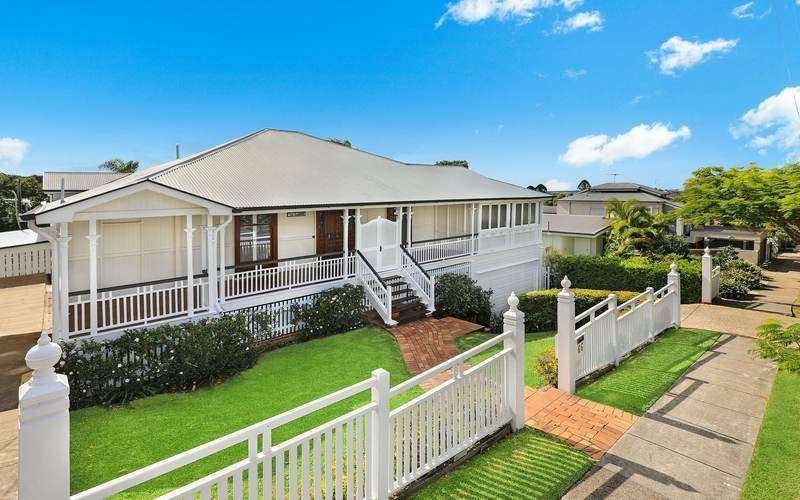International research published by big four consulting firm EY (formerly Ernst and Young) predicts the global equity release market could more than triple over the next ten years.
The Global Equity Release Roundtable 2020 survey report analysed information from equity release market leaders across 13 different countries, including Heartland Reverse Mortgages in Australia and New Zealand.
According to the report, over $15 billion of home equity is currently released per year globally through products like reverse mortgages, and this number is expected to surpass $50 billion globally by 2031.
But the report also found that one of the biggest barriers to growth is a lack of understanding of how equity release products work.
The most common type of equity release product is a reverse mortgage, which allows people over the age of 60 to access some of the equity in their home to fund their retirement, without needing to sell their home.
See also: What is a reverse mortgage and how does it work?
In Australia, the reverse mortgage market has been falling: over the last two years loan books from banks have dropped from $2.5 billion to $2.3 billion, as fewer retirees take up reverse mortgages.
Despite low take-up rates, the report found that nearly 90% of Australian retirees want to remain in their home as long as possible, but don't have the funds to do so.
Heartland Reverse Mortgages Head of Operations Sharon Yardley says reverse mortgages would allow retirees to remain in their homes, but a lack of understanding about reverse mortgages is a major roadblock.
“Heartland is experiencing a strong increase in demand from people wanting to stay in their home and live a more comfortable retirement," Ms Yardley said.
"Despite this, many people over the age of 60 don’t realise that a reverse mortgage could help them fund the retirement they desire and deserve.
“This research demonstrates that demand for equity release options will continue to rise, and it’s our role as the market leading provider to help educate consumers about how a reverse mortgage could be an option for them, particularly as the cost of living continues to increase.”
Another potential barrier preventing retirees from taking up reverse mortgages is the high interest rates: rates on reverse mortgages are as high as 5% while most home loan interest rates are sitting around the 2-3% mark.
See also: Home loans with sub-2% interest rates
On Monday, National Seniors Australia called on the Federal Government to lower the interest rate on the government’s reverse mortgage scheme for retirees.
The interest rate being charged on the Pension Loans Scheme is currently 4.5%, which the group says is a deterrent for asset-rich, cash-poor retirees and is out of step with the official cash rate which is currently at an all-time low of 0.10%.
“Unfortunately, while the [scheme] is a good idea, it has been poorly promoted and has an unattractive interest rate,” National Seniors Australia’s submission says.
“This rate is especially off putting, given record low interest rates.”
It comes after Treasury’s recent Retirement Income Review, led by Treasury veteran Mike Callaghan, suggested the family home needs to play a larger role in retirement income.
The review noted the current 9.5% mandatory superannuation guarantee is adequate for a comfortable income if retirees draw on their existing assets (like the family home) through a reverse mortgage, without needing the legislated rise in the superannuation guarantee, which is set to increase to 12% by 2025.
Photo by James Hose Jr on Unsplash

Ready, Set, Buy!
Learn everything you need to know about buying property – from choosing the right property and home loan, to the purchasing process, tips to save money and more!
With bonus Q&A sheet and Crossword!



 Harrison Astbury
Harrison Astbury
 Denise Raward
Denise Raward

 William Jolly
William Jolly


